Soldering and Fire Scale
When copper bearing alloys like pink, yellow, and green gold, as well as sterling silver, are heated in the presence of oxygen, oxides form quickly, discoloring the surface of the metal. Cupric Oxide (CuO) will form a black layer on the surface of the metal, however the discoloration can usually be dissolved in pickle. When heated without proper fire scale protection, white gold will produce a nickel oxide that can be very hard to remove.
Preventing Fire Scale – Fire Coating
Fire coating is the process of coating a ring with boric acid before repair to protect the polished finish of a gold or silver piece.
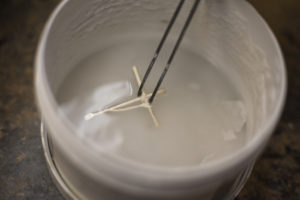
When heated, boric acid will turn to a light glaze on the surface of the jewelry to protect the metal and keep the solder from flowing where it shouldn’t. The glass-like coating that the boric acid creates will protect the metal and prevent it from oxidizing and discoloring the metal. However, you never fire coat platinum alloys as it will be detrimental to the metal.
Some types of borax that are used to create a fire coat and protect from fire scale are listed below:
-
- Borax: borax powder or sodium borate is the most common fire coat. Borax melts at 1367° F (742° C)
-
- Boric Acid and Alcohol: add boric acid to denatured alcohol until is stops dissolving in the liquid. When applied, this liquid can be burned off, or simply dried leaving a white film of protective borax on the metal.
-
- Other Options: A few other good options include Pro Craft Jel Flux, Firescoff Spray and Magic Boric Dip.
Removing Fire Scale – Jewelry Pickling
You can remove fire scale by placing the piece of jewelry or metal in the pickle. A jewelry pickle is usually a sodium bisulfate based solution that will remove surface oxidation. A domestic crock pot can be used to hold and heat the pickle solution, allowing you to safely remove fire scale from your jewelry. The pickle solution works best about 180° F (80° C).
When you are ready to remove the boric acid, place the ring in the pickle. The pickle will remove any trapped oxidization and the glaze created by the boric acid, leaving the ring as good as new.
-
- Yellow Gold: simply use your typical jewelry pickling compound and solution.
-
- White Gold: mix an acid solution of 1 part nitric to 10 parts water. Remember, when mixing, always add acid to water.
-
- Sterling Silver: mix an acid solution of 1 part sulfuric to 10 parts water. Always add acid to water.

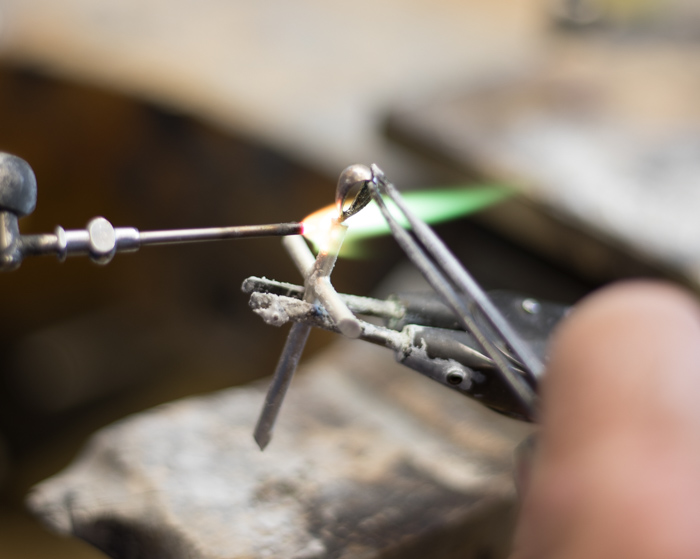
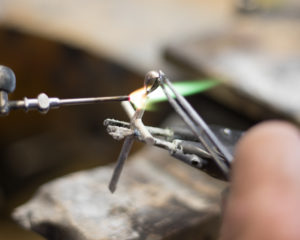
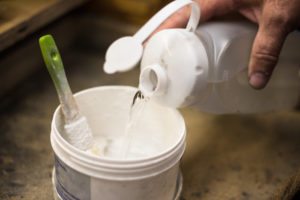
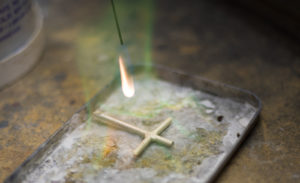

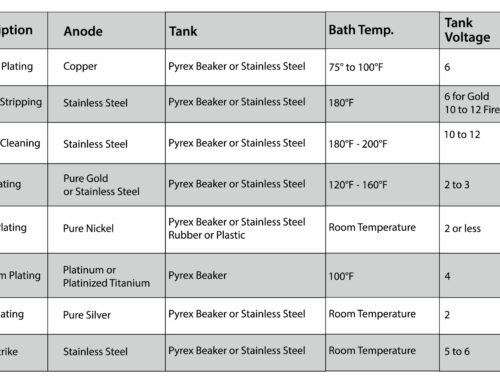



Leave A Comment